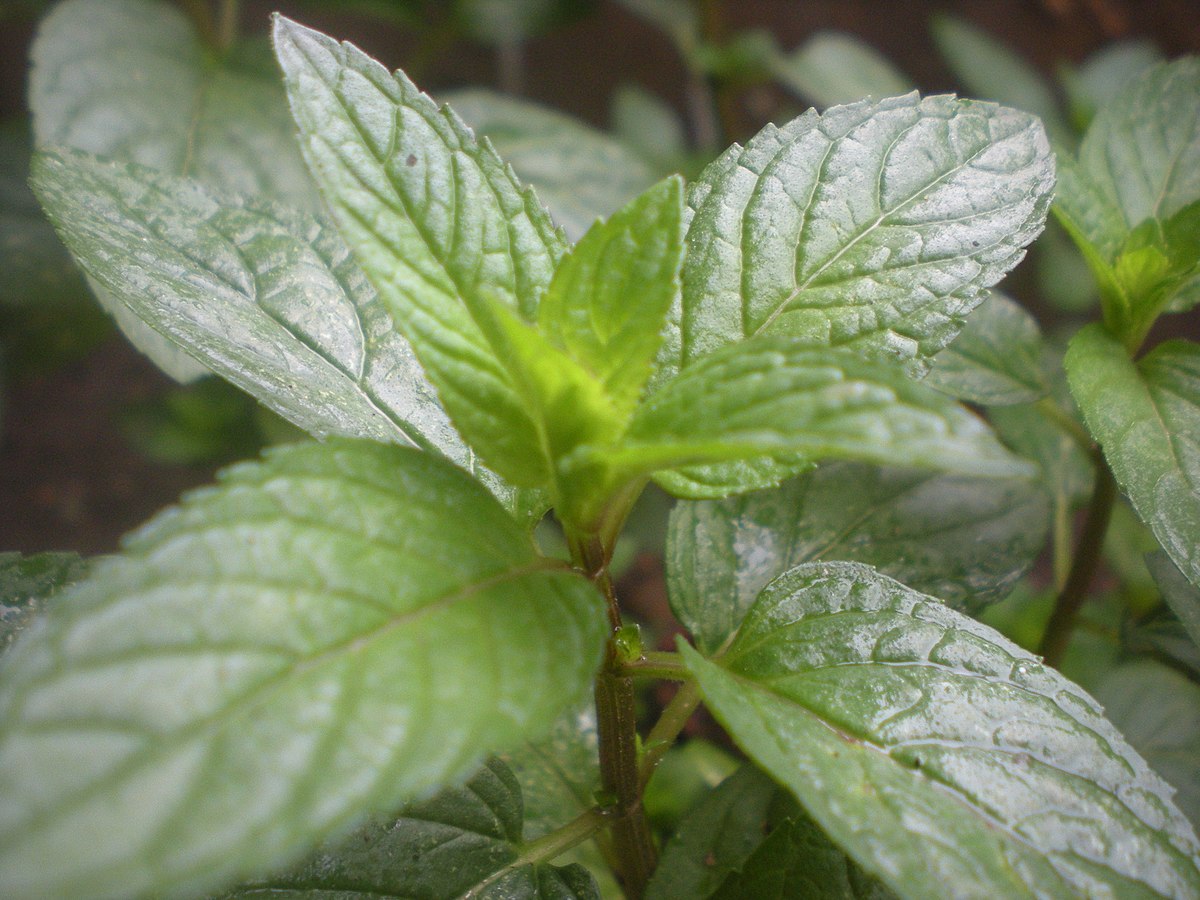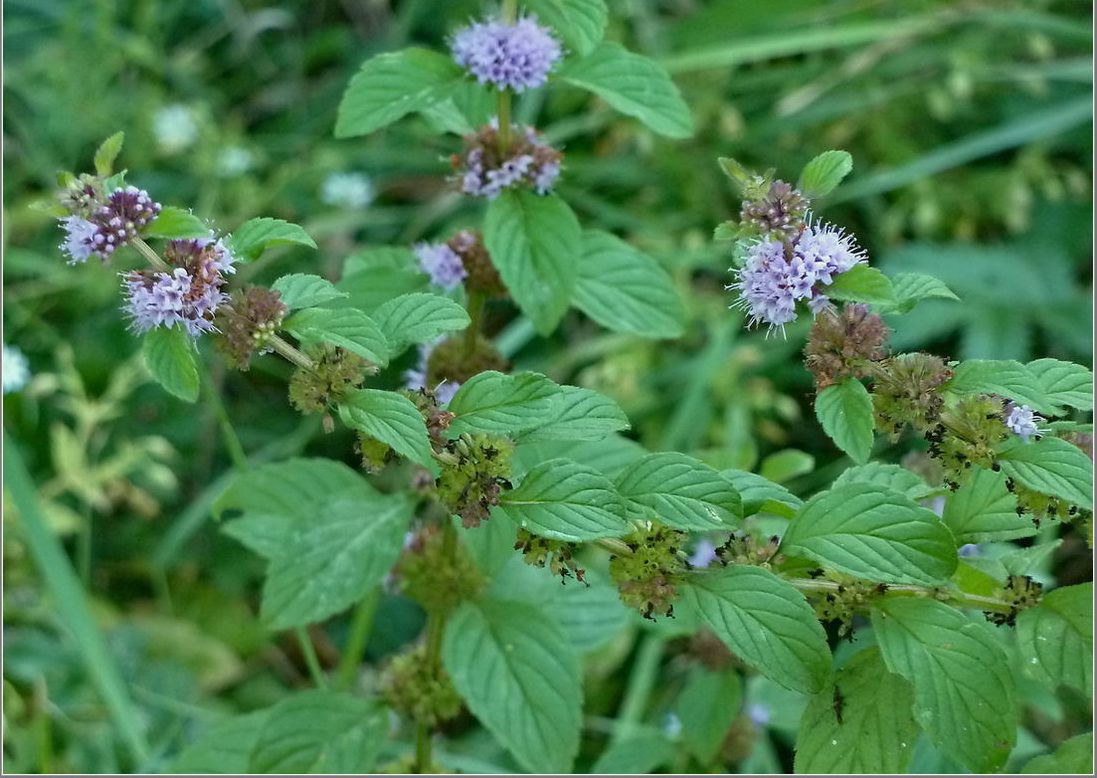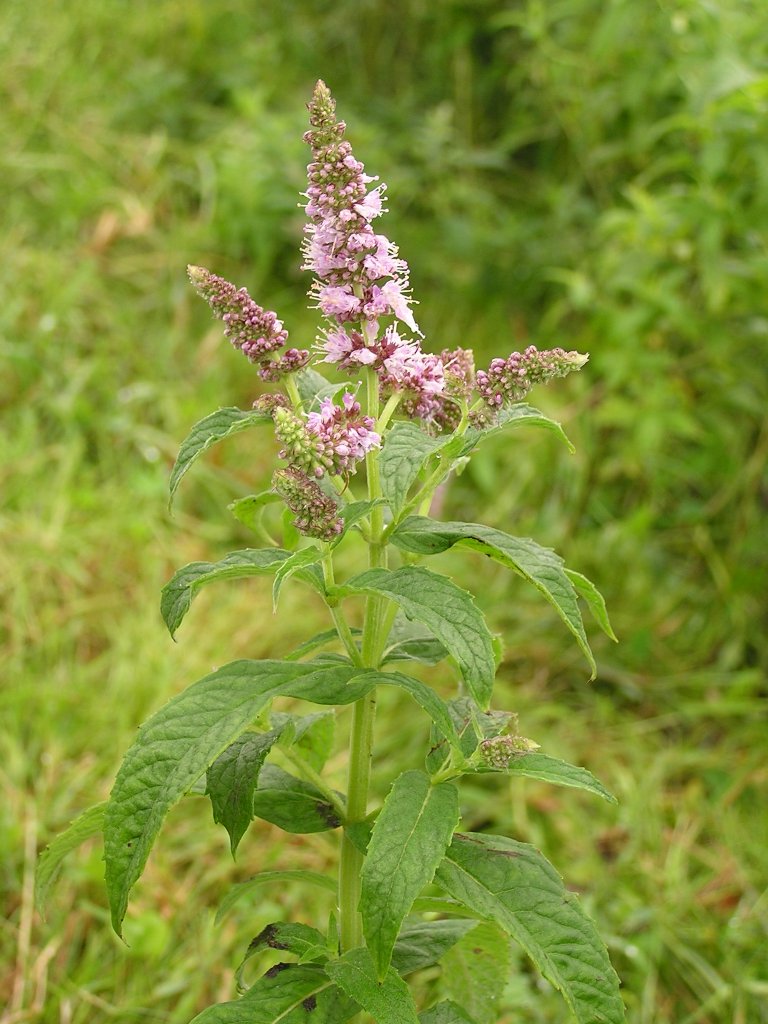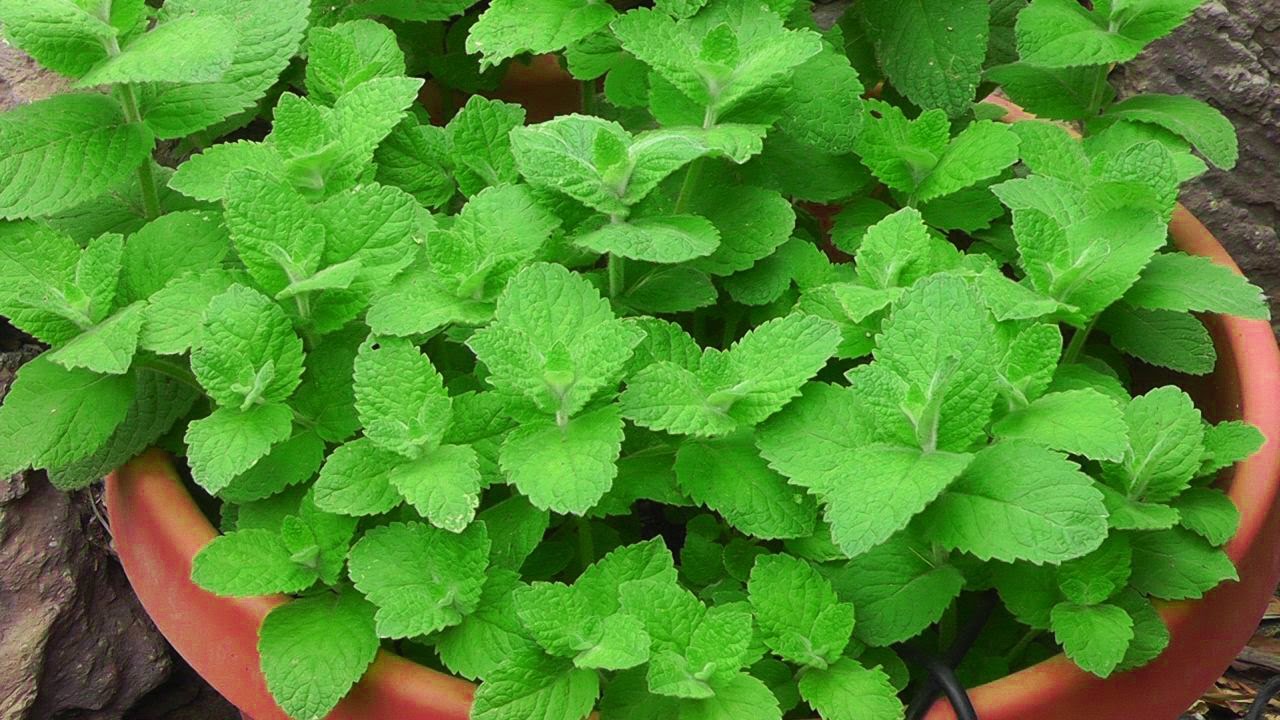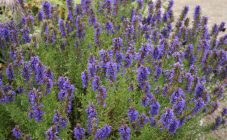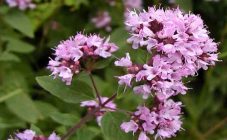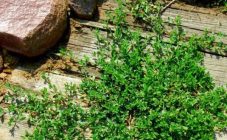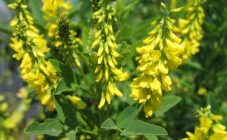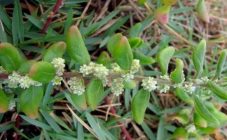Content:
Mint is appreciated for its pleasant smell, medicinal properties and unpretentious cultivation. This plant will decorate any corner of the garden and give the owner of the site good health. There are many varieties of mint, and plants that do not belong to this genus stand out, but have a fragrant refreshing smell. A person who decides to prepare odorous bushes for the winter must have information and remember how to properly harvest and dry the culture.
Description of culture
The mint herb represents the large family of Lipoids. Another name for the family is Lamb. A distinctive feature of the genus Mentha (Mentha) is the abundance of mint essential oil and menthol substance. The culture is native to the Mediterranean and Asian countries. The popular name of the plant is dragolyub, perekop.
Mint grass is a perennial. The root system is branched, powerful, creeping in a horizontal direction. The stem is erect. Depending on the species, the size of the stem can be from 20 to 100 cm. There are a lot of branches on each stem. Each branch grows predominantly horizontally relative to the ground. The leaves are oblong-oval, pointed. Notches are present. They resemble nettles. The color is emerald green. The leaf plates grow opposite each other. Petioles are miniature. The leaves may have hairs.
The tiny flowers usually grow into lush blooms. Flowers are observed at the top of the culture. Depending on the variety, flowering starts both in early and mid-summer and continues until late autumn. The petals are white, pinkish or purple in color. The fruits appear in autumn. They are nuts. But the plant does not often bear fruit.
Relatives
Basil, rosemary, sage, lavender, savory, etc. are listed as relatives of mint in the Yasnotkovye family. Mint differs from them in a more refreshing aroma, unpretentiousness in cultivation. In addition, mint is a perennial that is able to grow and fill a large area of the garden.
Varieties of mint herbs
The genus Mint has about 40 varieties.
Among the most famous are:
- Pepper;
- Menthol;
- Fragrant;
- Field;
- Chocolate;
- Water;
- Long-leaved
- English green.
In addition, there are plants that are not directly related to mint, but have a refreshing aroma.
Mint-scented herbs list:
- Oregano;
- Melissa;
- Catnip;
- Magpie, etc.
Pepper
Peppermint is the most common aromatic shrub of this genus, a perennial, frost-resistant. It is grown in vegetable gardens around the world. Height varies from 50 to 110 cm. It blooms all summer. Able to grow rapidly. It is a hybrid plant. You can't find it in nature.
Menthol
The menthol herb grows up to 50-60 cm. It has a particularly pungent odorous menthol aroma. This plant can be distinguished by its bright stems, which have a dark brownish gray color.The peculiarity of menthol mint is strong immunity. She is not sick, and harmful insects hate her.
Fragrant
Fragrant mint is common in the warm countries of the Mediterranean and Asia. Perennial. It can look like a 30-centimeter dwarf or a meter giant. Loves sunny hills with moist soil. The flowers are white and purple. It is grown as a crop all over the world. This variety is highly prolific.
Field
The variety is common in Asia, Russia, Europe. The view is wild. He prefers to settle near ponds, rivers, lakes, swamps. The sheet plates are elongated. Fluffy buds can be seen on the stem between the leaves. The tiny flowers are purple in color. A distinctive feature is that there is no pungent smell and mint taste.
Chocolate
The most beautiful species of the genus. The leaves are brownish-emerald, dark lilac. Small flowers are snow-white. This herb is considered a variation of peppermint. The taste and aroma are pleasant, restrained, sweetish. The bush is compact and dense. Height - 35 cm. It looks decorative. Chocolate mint can be used to create a spectacular garden path.
Water
It was thanks to water mint that the peppermint hybrid was bred. Bushes stretch to 60-75 cm. Leaves are oval-pointed with serrations. The leaf plates are emerald, but they have a reddish tint. Wild species. You can meet him throughout the territory of Eurasia, Africa. Aquatic grass prefers watery areas. It is usually seen near small forest streams and rivers.
Long-leaved
The herb, as the name suggests, has elongated leaves reaching 10-13 cm in length. Otherwise, it resembles pepper. Prefers moist soil. Green cheese is produced from this plant.
English green
Another name is chill. The smell is sharp, pleasant. Cooling taste. Height - about a meter. English mint green leaves a rich light green. Suitable for home growing.
Oregano
Perennial from the Lamb family. Another name is incense. The plant has a fragrant fresh scent. Leaves are ovoid-triangular. The color of the leaf plate is not the same. The upper corner is greenish, the lower part is light green. The flowers are purple. A wild bush can be found in Eurasia, the Mediterranean. Absolutely not picky about the soil.
Melissa
The culture has a mint aroma with lemon notes. The leaves are velvety. Their color is dark green.
Catnip
This species attracts cats. Its other name is budra. Cats are crazy about the fresh smell of catnip. In appearance, it is difficult to distinguish budra from field mint.
Magpie, or ivy budra
Dwarf bushes. They stretch 20-45 cm above the ground. The leaves are rounded, grow in pairs. You can meet the magpie in temperate areas. Herbal aroma, tart fresh. Taste of leafy plates with bitterness.
What soil does mint prefer
The herb mint is an unpretentious plant. However, it develops best on loose, fertile soils, where the sand content is minimal. The pH should be around 6 pH. Despite the fact that the culture is moisture-loving, varieties must be planted in well-drained beds.
A suitable place for mint is open, but at noon it is better to hide the stalks with leaves from direct sunlight.
Reproduction
The culture is propagated in several ways:
- Seeds;
- By dividing the root;
- Stems.
Seeds are usually cultivated through seedlings. Seeds are sown in containers with soil mixture, which are covered with a bag. The sprouts appear in 16-20 days. After the young plants get stronger, they are planted in open ground.
The simplest and most effective way is by dividing the root. The bush is dug up along with the root. Root shoots with buds are separated and planted in a cool, lighted place.
To propagate the culture with stems, a small shoot is cut off from an adult bush. The stalk is placed in water. They wait for the appearance of the roots and planted in the ground.
Culture properties
What does mint herb help with? The herb mint is considered a powerful medicinal plant. This is due to its composition.
Each bush contains:
- Vitamins A, C, PP, group B;
- Manganese;
- Zinc;
- Copper;
- Potassium;
- Calcium;
- Magnesium;
- Phosphorus, etc.
The plant has an effect on the nervous, vascular, genitourinary systems, and digestion. Fragrant herbal tea soothes overwrought nerves, relieves anxiety. This drink is indispensable for depressive conditions. It can help bring back the joy of life. It is recommended to use fragrant petals to normalize digestion, eliminate heartburn, and bloating. Culture can help eliminate pain spasms, various kinds of inflammation, eliminate toxins, toxins.
Industries where culture is used:
- The medicine;
- Cosmetology;
- Cooking.
A gardener should be aware of the negative influence of a representative of the Lube family. Peppermint lowers blood pressure, reduces vascular tone. It should not be consumed by nursing mothers due to decreased lactation. Tea with fragrant leaves is not recommended for babies under 5 years old.
Diseases and harmful insects
Among the ailments that plague the culture:
- Rust;
- Fusarium wilting;
- Powdery mildew;
- Phylostictosis;
- Septoria.
Recommendations for combating rust and powdery mildew include spraying mint thickets with Bordeaux liquid, an ash solution, Topaz, Tiovit Jet, Kuprozan preparations. Shoots infected with fusarium wilting are uprooted and burned. Phylostictosis is treated with Strobi, Vectra fungicides. Bordeaux liquid, HOM, Revus will help remove septoria.
Pests that spoil plantings:
- Flea;
- Mite;
- Aphid;
- Leaf beetle.
To get rid of insects, insecticides are used: Decis, Aktaru, Aktellik, Bi-58.
Collection and procurement
It is harvested at the moment of the highest concentration of peppermint oil in the grass. The very peak of product accumulation is observed at the very beginning of flowering. Accordingly, the collection starts in June and July.
After the stems are cut, mini-bouquets should be made from them. After the bundles are hung in a warm, dry place. The room should be well ventilated, and light is not needed there. A great solution is to remove the bundles in the attic.
After 14-20 days, dry stems are removed in glass jars or linen bags and stored in wardrobes.
It is not in vain that mint has earned such popularity. She can decorate the site, give the gardener health and give a piquant taste to various dishes.

